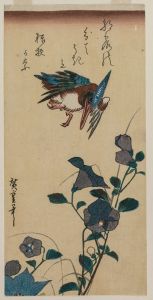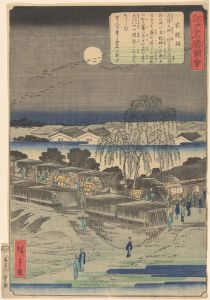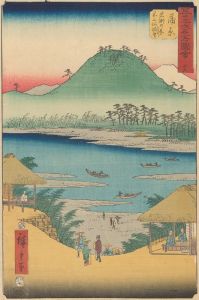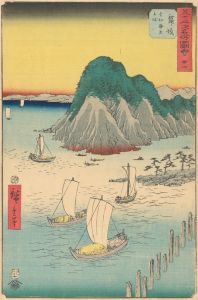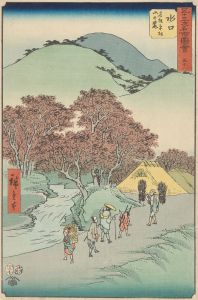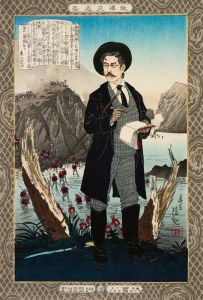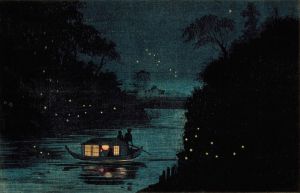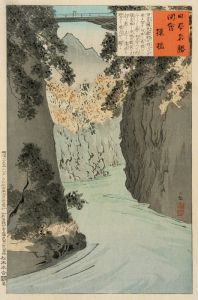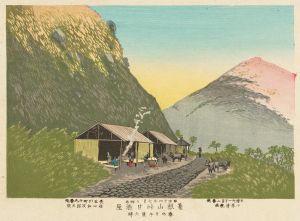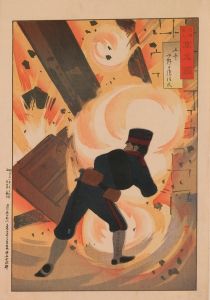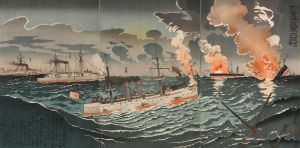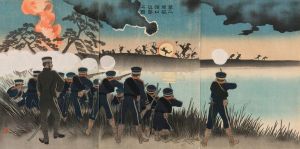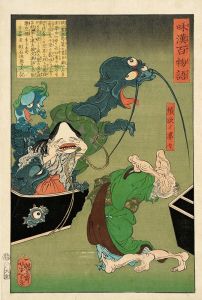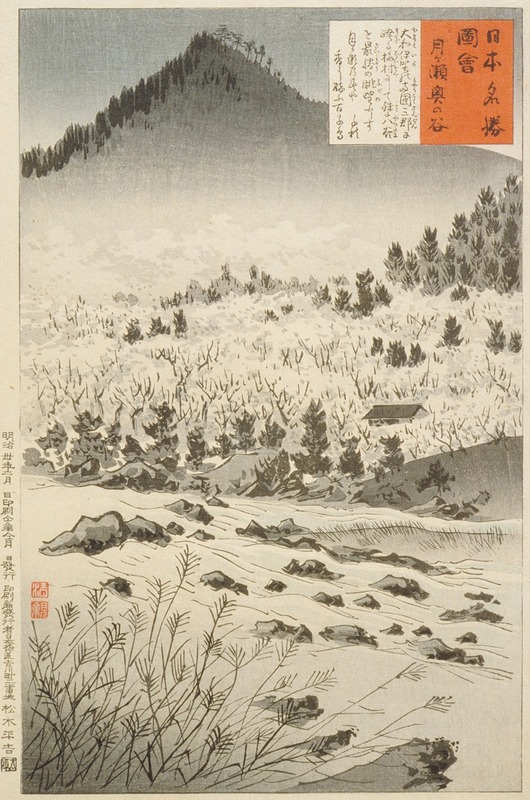
Inner Valley at Tsukigase
A hand-painted replica of Kobayashi Kiyochika’s masterpiece Inner Valley at Tsukigase, meticulously crafted by professional artists to capture the true essence of the original. Each piece is created with museum-quality canvas and rare mineral pigments, carefully painted by experienced artists with delicate brushstrokes and rich, layered colors to perfectly recreate the texture of the original artwork. Unlike machine-printed reproductions, this hand-painted version brings the painting to life, infused with the artist’s emotions and skill in every stroke. Whether for personal collection or home decoration, it instantly elevates the artistic atmosphere of any space.
Kobayashi Kiyochika was a prominent Japanese artist known for his ukiyo-e woodblock prints and paintings during the Meiji period. His works are celebrated for capturing the rapid modernization of Japan and the effects of Western influence on traditional Japanese culture. One of his notable works is "Inner Valley at Tsukigase," which reflects his unique style and thematic focus.
Kiyochika was born in 1847 in Edo, now Tokyo, and lived through a transformative period in Japanese history. The Meiji Restoration, which began in 1868, marked the end of the Tokugawa shogunate and the beginning of Japan's modernization and Westernization. Kiyochika's art often depicted this transition, blending traditional Japanese aesthetics with Western techniques and perspectives.
"Inner Valley at Tsukigase" is a part of Kiyochika's oeuvre that showcases his interest in landscapes and the natural beauty of Japan. Tsukigase is a region known for its scenic beauty, particularly during the plum blossom season. While specific details about this particular artwork are limited, it is consistent with Kiyochika's broader body of work, which often emphasized the interplay between light and shadow, a technique he mastered and became known for.
Kiyochika's approach to art was influenced by both Japanese and Western styles. He was particularly inspired by Western lithographs and photographs, which introduced him to new ways of depicting light and perspective. This influence is evident in his use of chiaroscuro, a technique that employs strong contrasts between light and dark to create a sense of volume and three-dimensionality. In "Inner Valley at Tsukigase," this technique would likely be used to highlight the natural contours of the landscape, bringing a dynamic and almost atmospheric quality to the scene.
Throughout his career, Kiyochika produced a wide range of works, including landscapes, cityscapes, and scenes of everyday life. His prints often captured the changing face of Tokyo, documenting the construction of Western-style buildings, the introduction of railways, and other symbols of modernization. Despite these changes, Kiyochika maintained a deep appreciation for traditional Japanese culture and landscapes, which is reflected in works like "Inner Valley at Tsukigase."
Kiyochika's art is also noted for its emotional depth and subtle commentary on the societal changes occurring in Japan. While he embraced new techniques and subjects, his work often conveyed a sense of nostalgia for the past. This duality is a hallmark of his style, making his work particularly resonant during a time of significant cultural transformation.
In summary, "Inner Valley at Tsukigase" by Kobayashi Kiyochika exemplifies the artist's ability to blend traditional Japanese art with Western influences, capturing the beauty of Japan's landscapes while reflecting on the broader changes occurring in society. His work remains an important part of Japanese art history, offering insights into the Meiji period's complex interplay between tradition and modernity.





